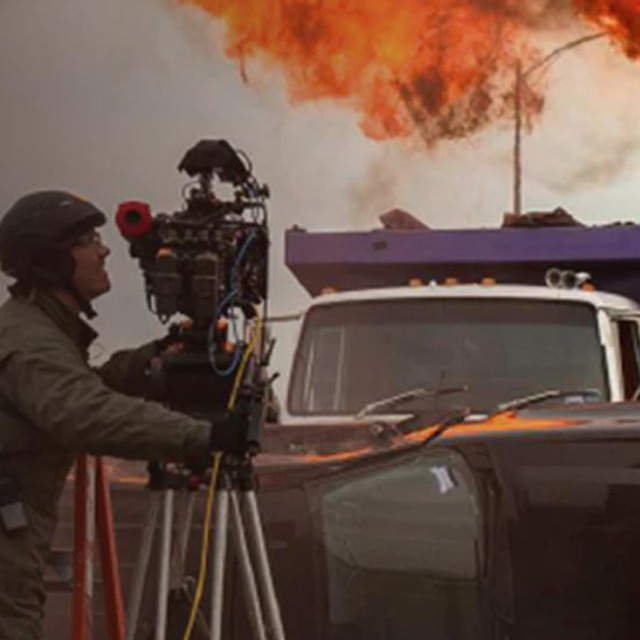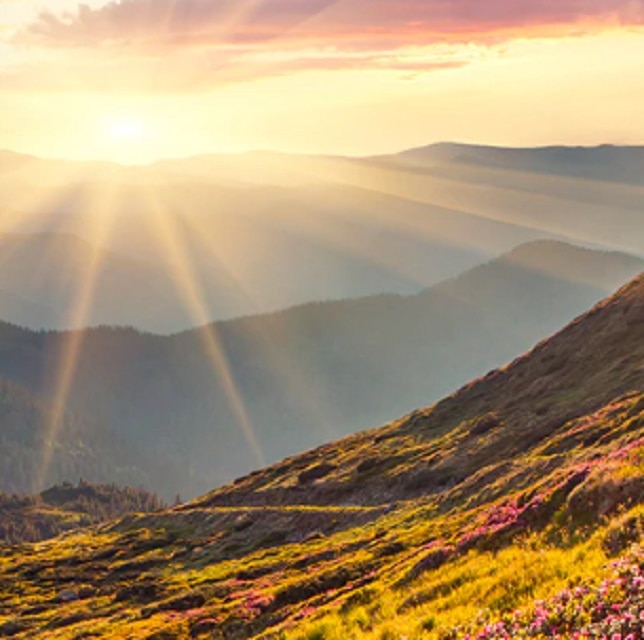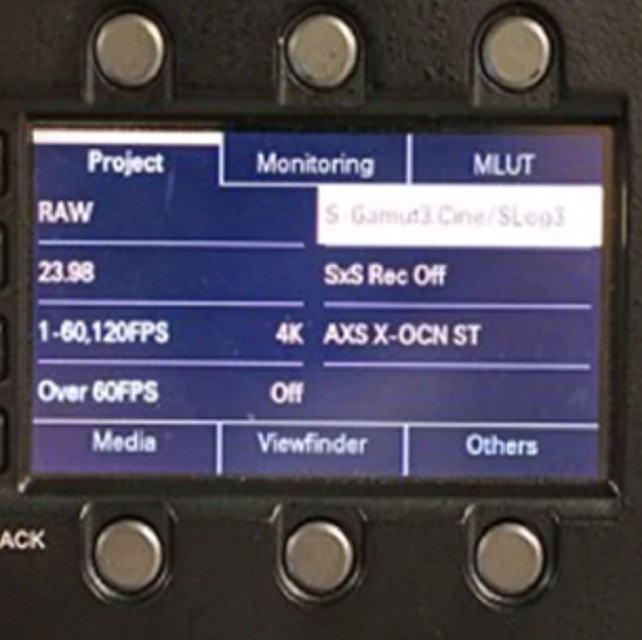
High Dynamic Range—known as HDR—describes images with a range of brightness levels that’s broader than conventional SDR (Standard Dynamic Range) content.
Imagine you’re shooting outdoors in brightly lit conditions, with a high-contrast scene that contains both light and dark areas. In SDR, shadow detail is often lost while brighter regions of the image can appear washed out or white-clipped.
In HDR, bright highlights as well as deep shadow details can be faithfully captured and reproduced—just as if you were looking at the scene with the naked eye.

Shadow detail is often lost and brighter sections appear washed out or white-clipped.

Shadow details are distinct and accurately reproduced, while brighter details look clearer without any white clipping.
HDR and the five elements of high picture quality
What are the factors that determine a great looking image?
Dynamic range is just one of the elements that ensure fabulous pictures stand out from the ordinary.
- Resolution (image detail)
- Bit depth (tonal scale)
- Frame rate (number of images displayed per second)
- Color gamut (range and saturation of color)
- Dynamic range (range of brightness levels)
High-picture-quality image demands an optimal balance of all these elements.

HDR revolutionizes creative expression
For movies and quality drama, HDR allows the director to evoke a broader range of emotions with delicate nuances of light, shadow and color.
For live sports production, HDR delivers an immersive viewing experience with clear reproduction of bright and dark details—as if you’re right there in the stadium.
For live concerts, HDR authentically captures the richness and color of on-stage lighting effects, revealing all the detail of the artist’s costume.
For documentaries and wildlife productions, HDR expresses a huge range of colors, tones and textures, from the bright sparkle of water to a bird’s magnificent plumage.

Sony Professional HDR technology brochure
Learn more about the technology behind HDR imaging, its impact on workflow and more.





